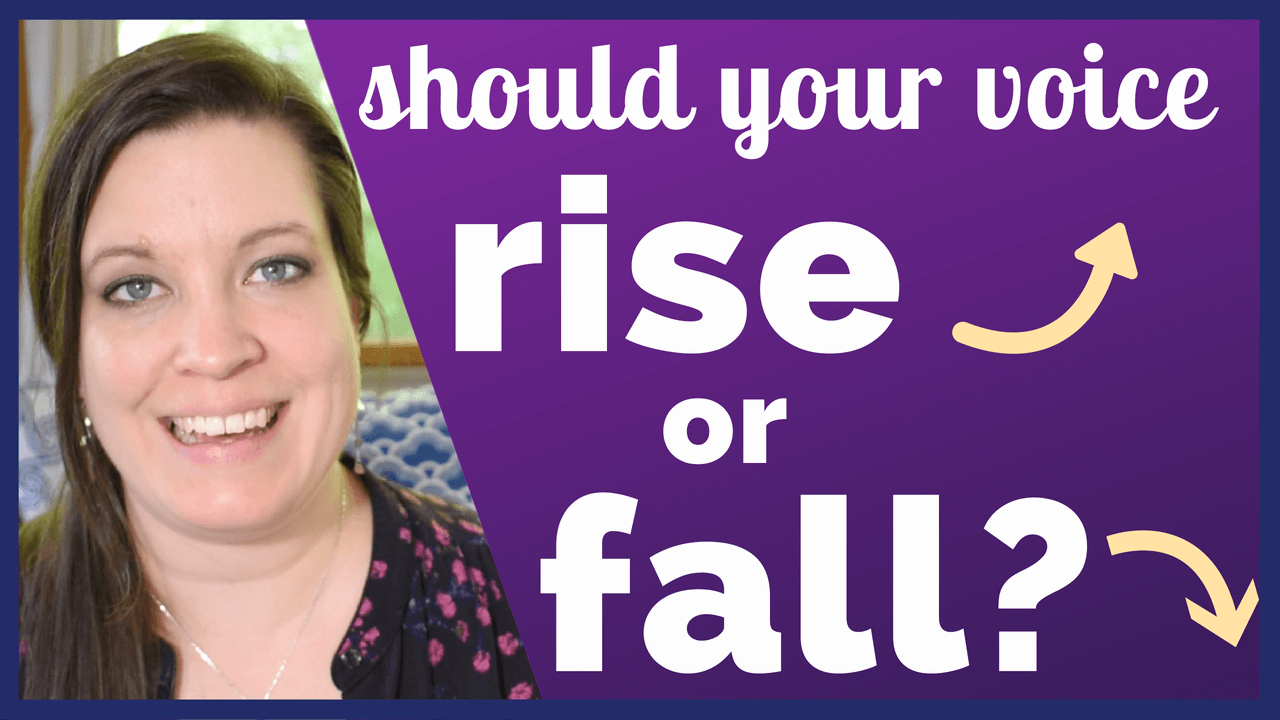Choosing Falling or Rising Intonation: Show You’re Done Talking or Ask a Question
Are you done talking? Have you finished your thought? Can I answer your question now? If so, please let me know – with your voice. You’re probably really careful with your choice of words, but your intentions might be misunderstood if you use the wrong intonation pattern. Here’s why you need to confidently choose to speak with rising or falling intonation: If your pitch rises when it should fall, you may sound uncertain or … Read the article and watch the video lesson





